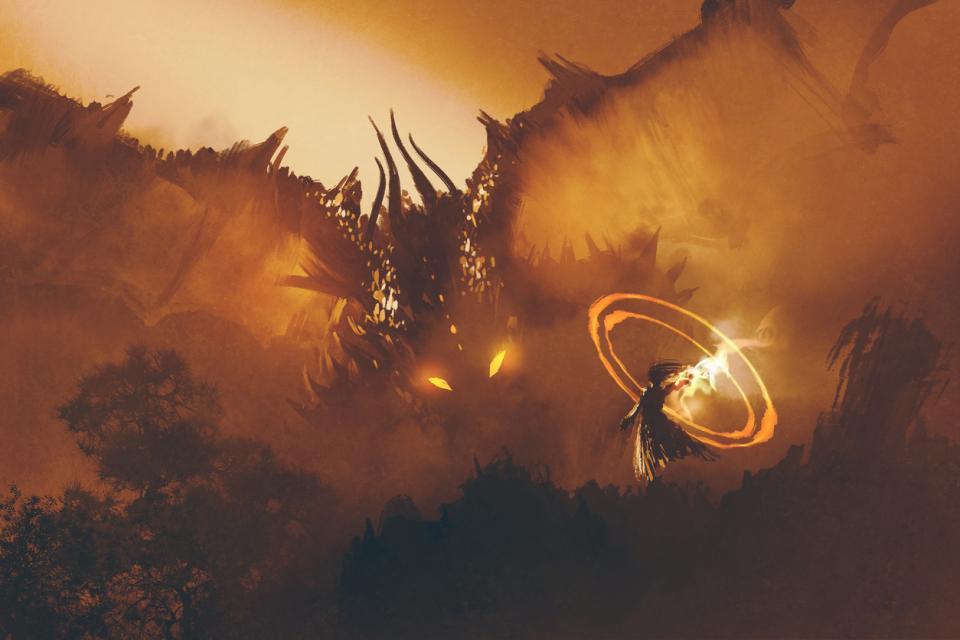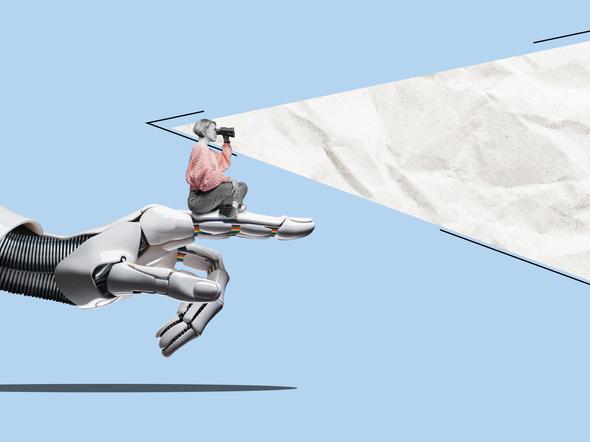Student engagement is a critical component of academic success and retention in higher education. Engaged students are more likely to participate actively in class discussions, seek out additional learning opportunities and persist through challenges, research has revealed. Incorporating AI into our teaching could enhance student engagement.
We’ve found combining tried and tested methods such as gamification and storytelling with AI to be effective. Gamification turns teaching into an interactive experience that promotes personalised learning by offering immediate feedback and fostering collaboration and positive competition among students, and storytelling engages students in a more immersive and emotional experience, facilitating better understanding and retention of content. Here are some tips for integrating AI into the design of gamification and storytelling activities.
Identify the theme and learning objectives
Establish the knowledge or skills that students are expected to acquire or improve as a result of the activity being designed. By being clear about the goals, educators can adjust the activity to meet the diverse learning needs of students and offer additional support when needed. Once you have a clear understanding of the topic and what needs to be reinforced, it’s time to turn to AI for assistance.
Design the narrative and/or game elements of your activity
Use an AI tool that you are familiar with, such as ChatGPT or Claude. Then, insert some prompts to gather information on your topic. Construct a detailed prompt that includes the theme and the objective of the activity and establishes a variety of questions, difficulty levels and narrative. You can ask the AI tool to summarise key points or generate questions for a quiz or interactive activity.
Here’s an example we’ve used: “Build an escape room to reinforce the stages of the water cycle. It must have three levels of difficulty, with five multiple-choice questions each.” You can correct, modify or adapt the results according to your needs.
Next, take this content into a gamification platform such as Genially, Canva, Blooket or Quizizz. These platforms allow you to design interactive games, quizzes or visual materials. By combining AI-generated content with the engaging formats of these tools, you can create a dynamic, educational experience for your students.
- Resources on the use of AI in higher education
- Three ways to promote critical engagement with GenAI
- Is it worth paying for GenAI?
AI gamification in practice
In our Cultural Heritage of Mexico course, we use AI and storytelling to design an activity in which students are assigned the role of a time traveller who must tell a story that combines elements of the intangible cultural heritage and current issues in their country in a narrative format.
The student applies their theoretical knowledge to use ChatGPT to generate a relevant story. The idea is to employ the prompts correctly to obtain an appropriate, logical and coherent result. Students must then create an audio story with sounds, dialogues and dramatisations. The results have been incredibly interesting, with stories about Mayan warriors fighting against gentrification, Aztec gods losing “followers”' in the modern world, and pre-Hispanic gods battling against climate change.
In the course The Myths that Inhabit Us, we swap exams for gamification exercises. To create these, we asked ChatGPT to generate playful and dynamic activities based on various theoretical concepts that our students had to reinforce. An example of this was an escape room following a story about dragons to reflect Joseph Campbell’s stages of the hero’s journey. Our prompt requested three levels of difficulty, each with three multiple-choice questions. Once we were satisfied with the questions and the AI-generated story, we transferred the content to Genially to build an interactive activity. Then we shared the link with our students.
Using curiosity and creativity, educators can harness the power of AI to revolutionise education, preparing students for success in an increasingly dynamic and complex world. These innovative approaches not only promote active participation and deeper understanding but also ignite motivation and curiosity in the educational process.
Dania Lorenia Arriola Arteaga is a digital experience professor and Bárbara Regina Granados Guzmán is a professor in the department of educational innovation and digital learning at the Monterrey Institute of Technology.
If you would like advice and insight from academics and university staff delivered direct to your inbox each week, sign up for the Campus newsletter.




comment